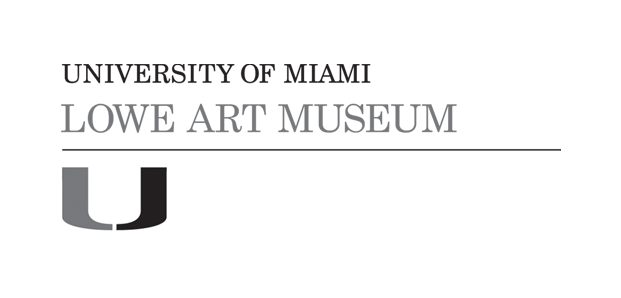Hacha
Artist/Maker
Maya (archaeological culture)
(Mesoamerica)
Dateca. 900-1200
CultureMaya
Mediumgranite
DimensionsOverall: 9 5/8 x 7 7/8 x 1 1/4 in. (24.4 x 20 x 3.2 cm)
ClassificationsVisual Works
Credit LineGift of The Institute of Maya Studies
Terms
Object number80.0065
On View
Not on viewCollections













